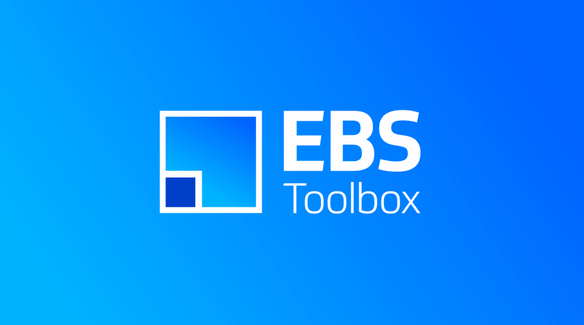Use the power of Microsoft Excel and Oracle APIs and Interfaces to save time and decrease inefficiencies across your org. Streamline data entry tasks, slice entry time, and reduce errors with simple yet powerful Excel-based data loading Wizards designed to integrate securely with Oracle E-Business Suite.
Download, edit, and upload data in a fraction of the time compared to using Oracle’s user data entry forms. Getting started is easy – watch the video to learn more.
Streamline your tasks in Oracle EBS with simple yet powerful Excel-based solutions, achieving significant time and cost savings.
Oracle Web ADI vs. More4apps:
More4apps solutions empower end-users by providing ownership of the entire data-loading process. No familiarity or training is needed for data interface mechanisms, as More4apps products seamlessly connect and integrate with Oracle EBS and Microsoft Excel.
See for yourself how the More4apps EBS Toolbox stacks up against Oracle’s tools! >
| Oracle Forms | Oracle Web ADI | Data Loader |  |
|
| Supports Mass Data Entry | ||||
| Single Spreadsheet UI | ||||
| User Data Entry Forms | ||||
| User Customizable Layouts | ||||
| Real-Time Data Validation | ||||
| Form/Sheet Error Feedback | ||||
| Handles Patches and Upgrades with Ease | ||||
| Download Existing Data Objects without Limitations | ||||
| Free from Development and Internal Support | ||||
Achieve business excellence with a single Excel spreadsheet.
Get a customized demonstration scheduled!Unfortunately, Oracle’s ERP tools for data uploads and downloads are complex, hard to use, and difficult to tailor to your specific needs. There is a better way.
Experience the benefits of an Excel spreadsheet solution has to offer >
The Problem with Data
The Perks of Excel-based Software
Power Through Daily Tasks
Eliminate hassle-prone tools, speed through data conversions and migrations, and gain trust in your data.
More4apps offers a secure, integrated connection to your live Oracle E-Business Suite and ensures the accuracy of your data loading and analysis, all through and Excel interface.
Complete the form to request a custom demonstration!
